Meet Kid Captain Veronica Sullivan
Veronica was a happy and healthy baby girl, with the exceptions of occasional ear infections.

Veronica Sullivan became lethargic and limp after being treated for a double ear infection. When tests at a local hospital didn’t reveal a cause, the Marion toddler was transferred to University of Iowa Stead Family Children’s Hospital, where she was diagnosed with more than one rare condition.
Veronica was born with supraventricular tachycardia – fast heart rhythms arising from upper chambers of the heart – and experienced multiple ear infections as an infant. She was about 16 months old and on medication for an ear infection when her mother, Barb, decided to take her to a local clinic after Veronica started screaming and crying.
“By the time we got there, she had a horrible, raging double ear infection,” Barb recalls, adding that because Veronica was already on medication, she was given a high dose of an antibiotic, and was fine when checked at the clinic the next day.
Barb’s husband, Dave, was at home with Veronica when Barb and their older daughter, Genevieve, returned from a dance class later that day.
“Dave walked up from the basement with Veronica, and she's just laying in his arms,” Barb remembers.
“It was a lot like she was an infant again,” Dave adds. “Just like a rag doll in my arms.”
They rushed their daughter to a local emergency room where she underwent multiple tests, but when she didn’t respond to treatment and the local doctors could not determine a diagnosis, she was transferred by ambulance to UI Stead Family Children's Hospital.
“We met with, I think, every specialty the hospital has to offer, from systemic illness to endocrinology, blood disease, infectious disease, neurology, cardiology, everybody,” Barb recalls. “She couldn't stand, sit, walk, anything, and as Sunday progressed, she lost the ability to swallow.”
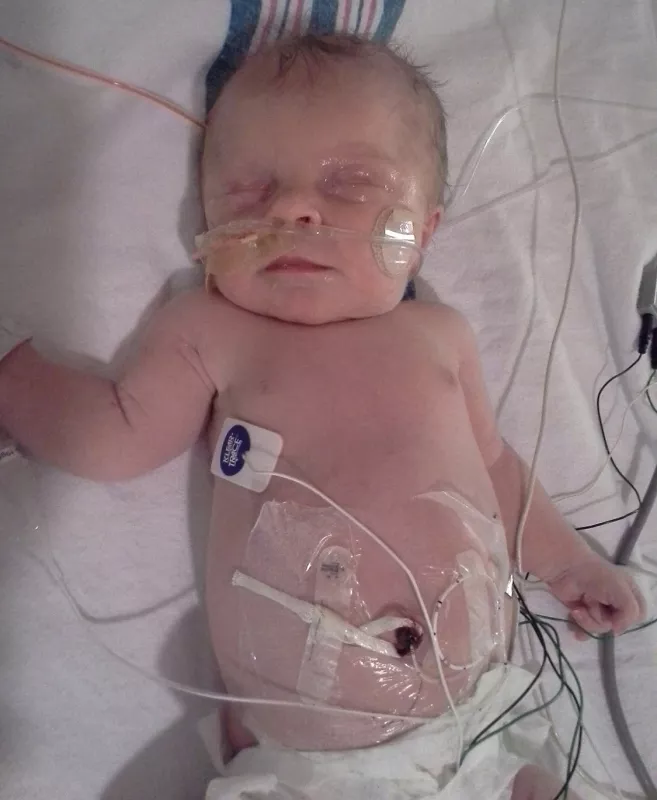
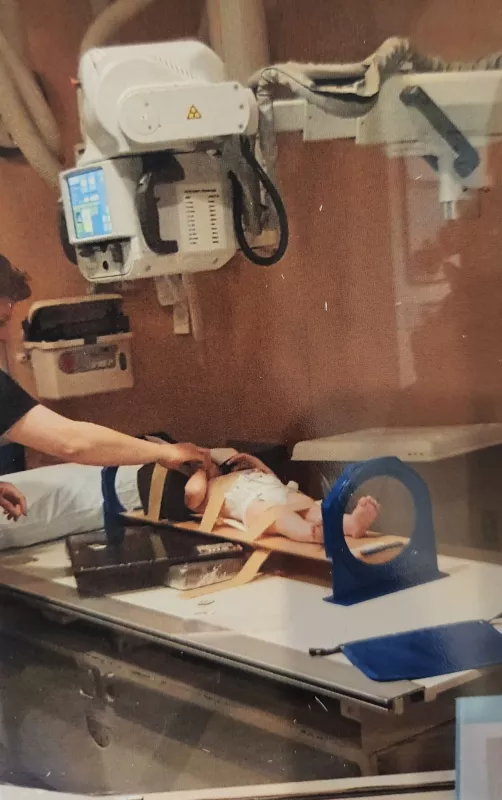
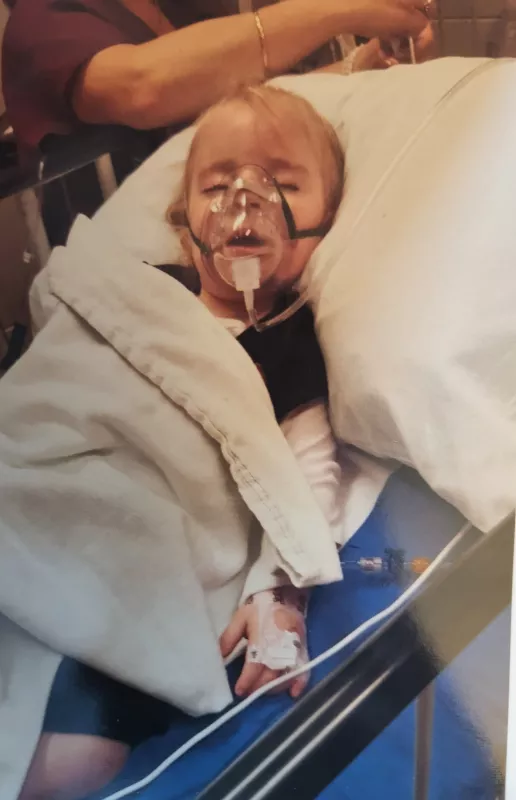
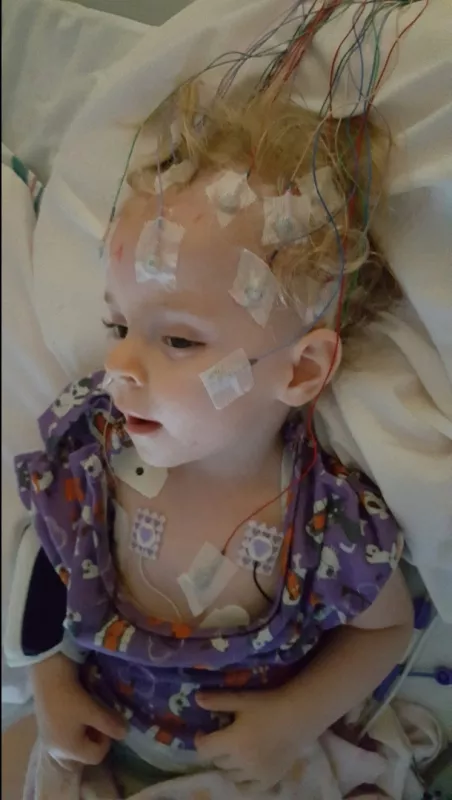
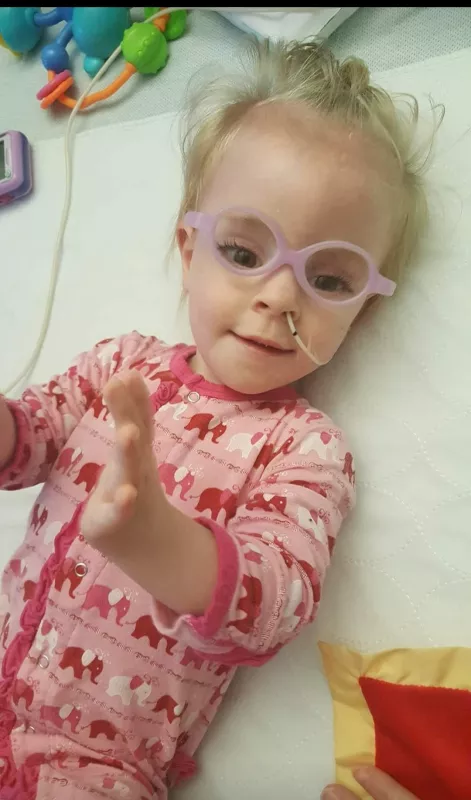
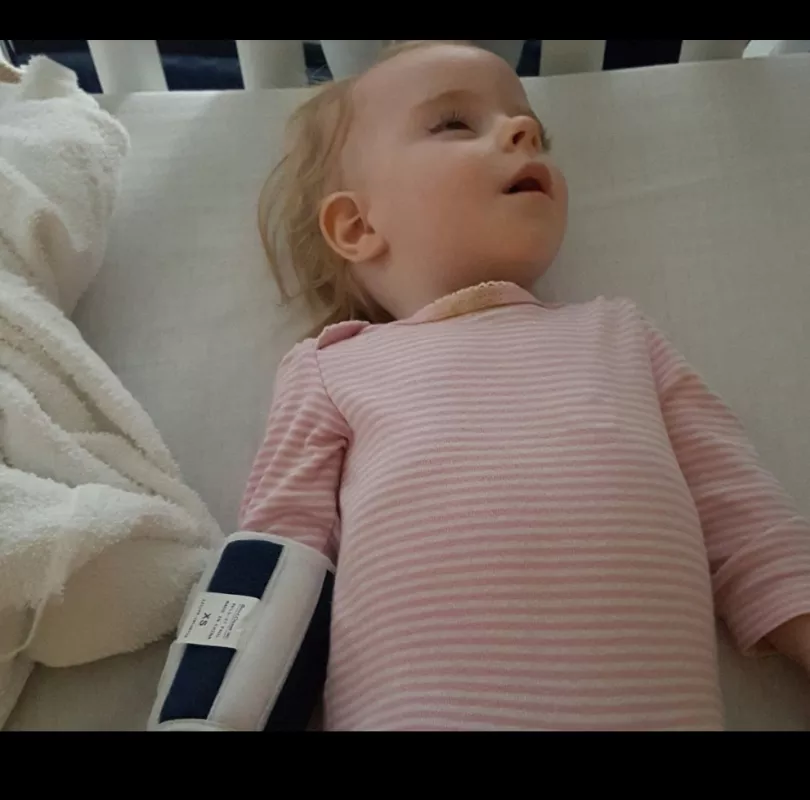
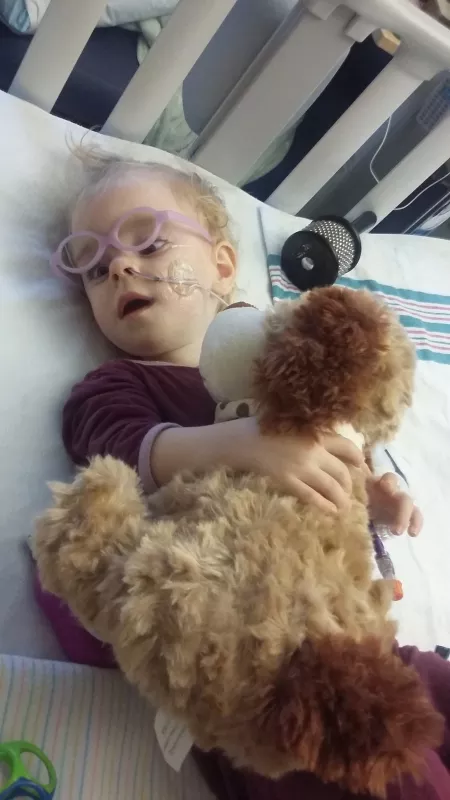
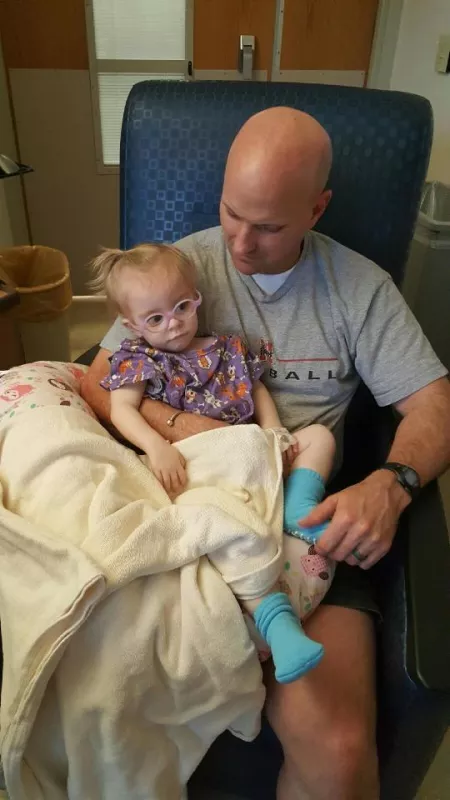
“In the midst of all this rounding and all these doctors coming through, and us not knowing anything, there was one doctor,” Barb continues. “She just reached her hands across Veronica's crib at one point and looked me right in the eye and said, ‘We're going to figure this out.’ And from that moment on, I was like, ‘She's right. Whatever it is, we're going to figure it out.’"
Doctors consulted with specialists at other hospitals, and finally diagnosed Veronica with transverse myelitis, an inflammation of the spinal cord, causing weakness and paralysis throughout her body.
“This was teamwork on a whole other level,” Barb says. “Veronica's case became a nationwide effort because it was so rare for transverse myelitis to present the way it did in her. It’s supposed to affect middle-aged men, not baby girls.”
Veronica’s parents were impressed with the attention given not only to Veronica, but their entire family, including their older daughter, who was taken floor-to-floor for trick-or-treating when Veronica was hospitalized on Halloween.
Since her initial diagnosis in 2016, Veronica’s genetics team found she has two other rare conditions: KBG syndrome – characterized mainly by skeletal abnormalities – and Vascular Ehlers-Danlos, a group of genetic disorders that mainly affect connective tissues.
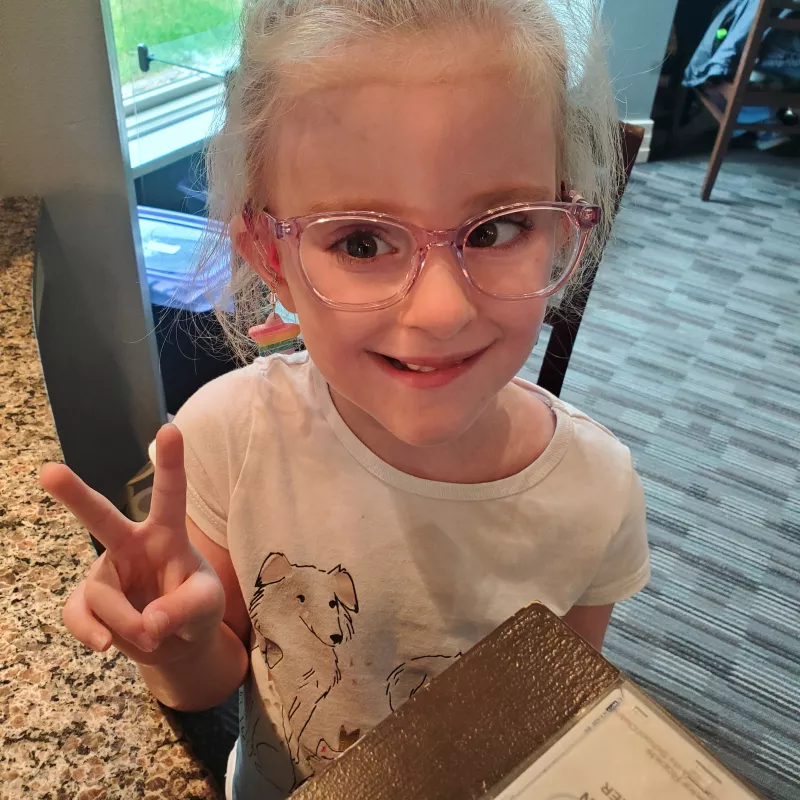
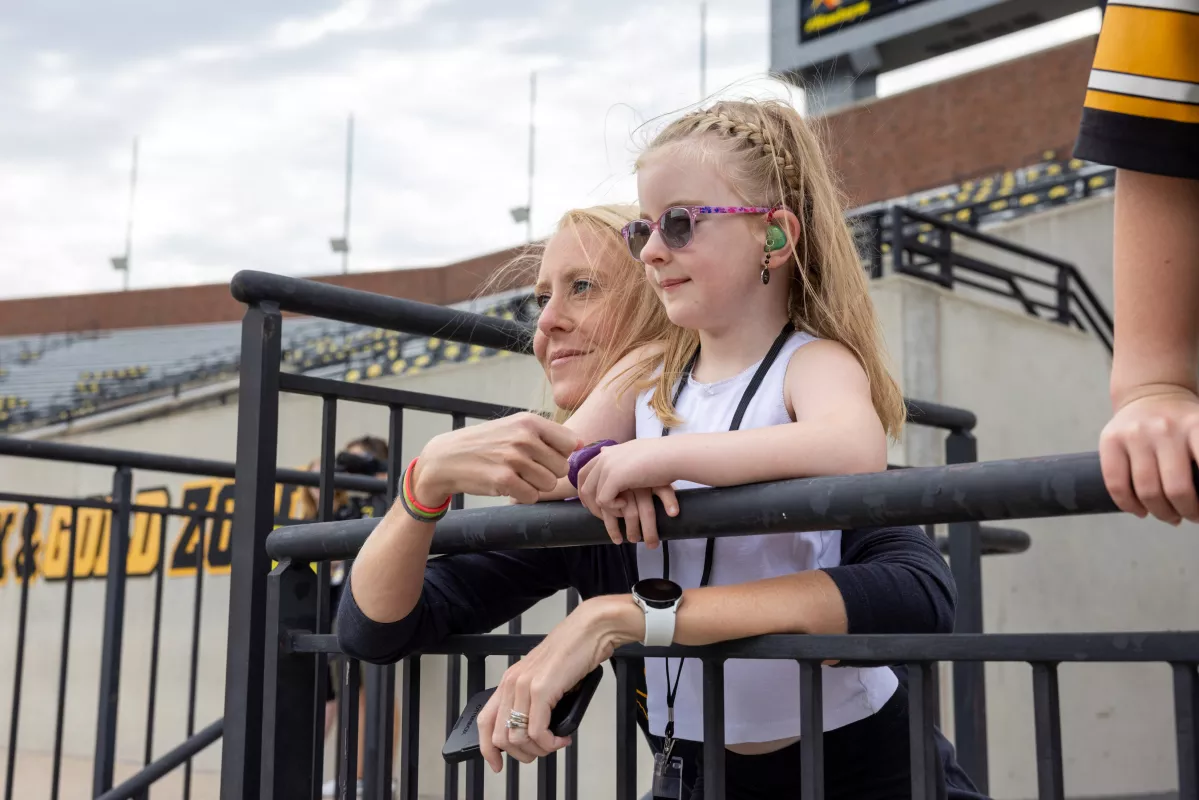




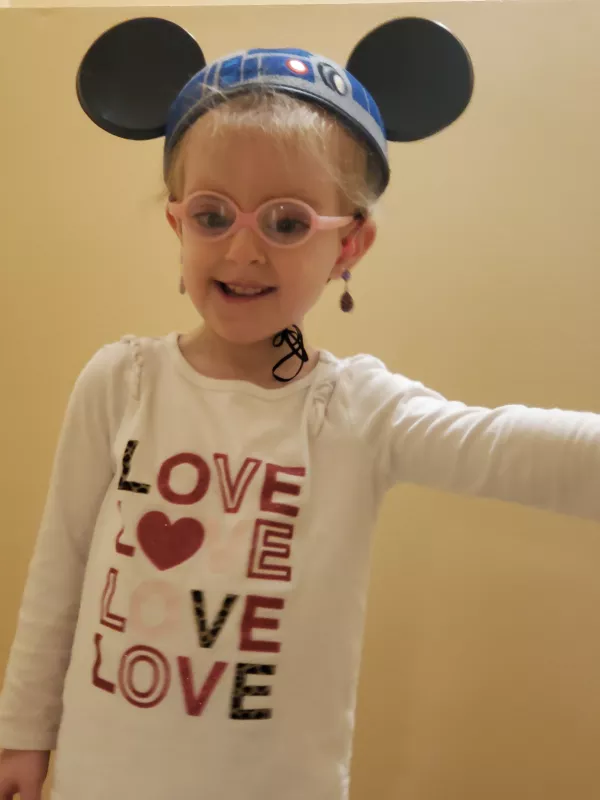
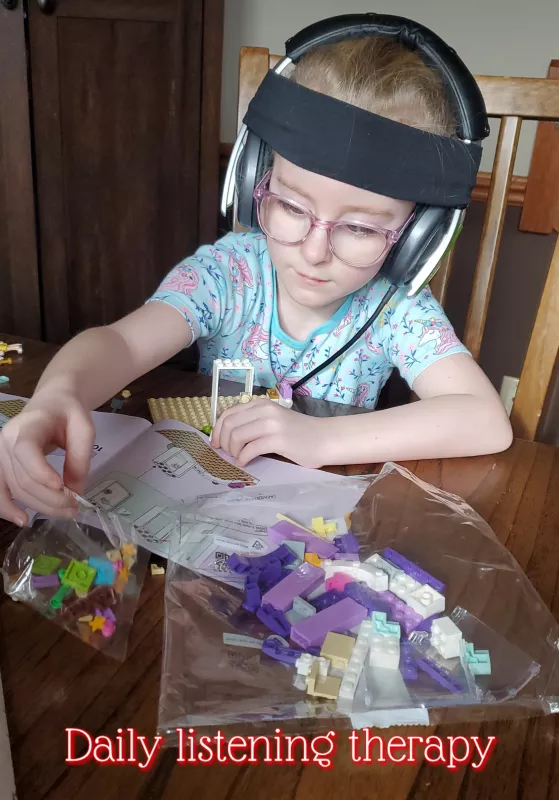
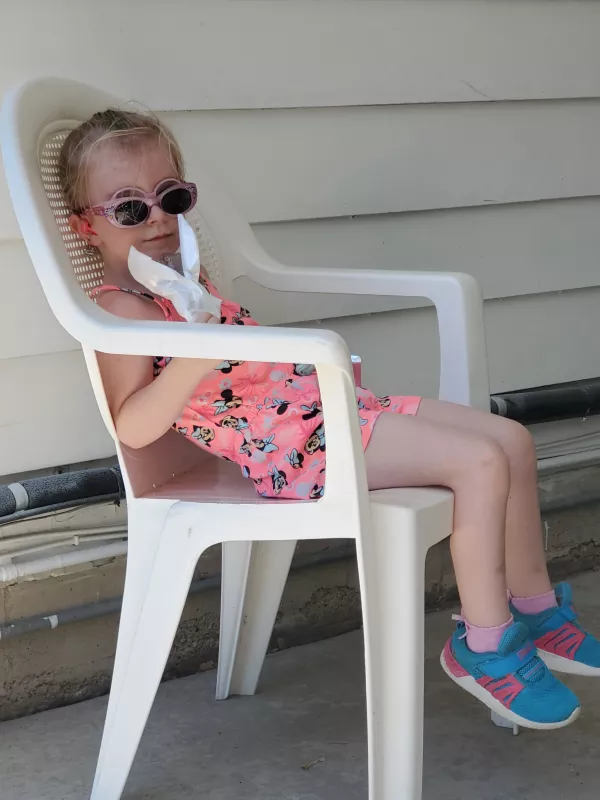

Veronica had to relearn how to sit, stand and walk, and was fitted with hearing aids after she was diagnosed with bilateral hearing loss. She has also undergone multiple procedures, including eye surgery and soft palate surgery.
Now 7 and in second grade, Veronica loves unicorns and Barbies, enjoys dance and swimming, and aspires to be a doctor.
Patient Stories

